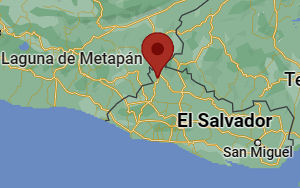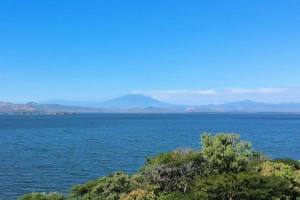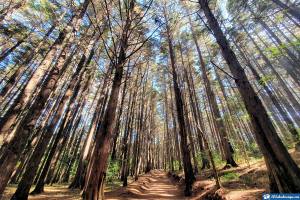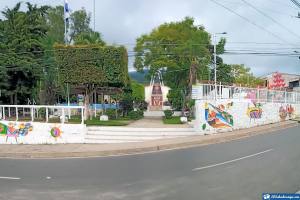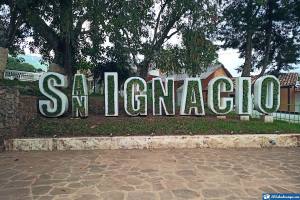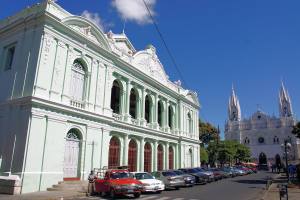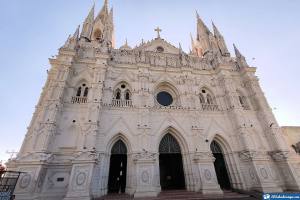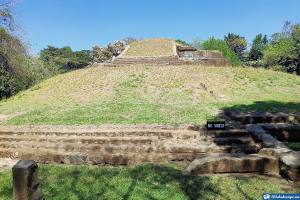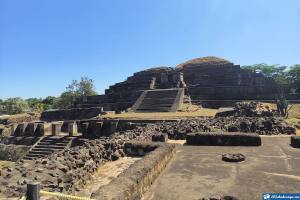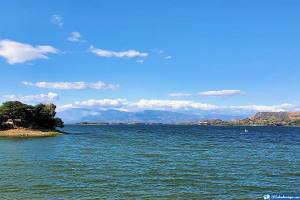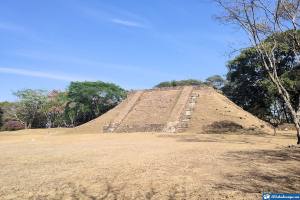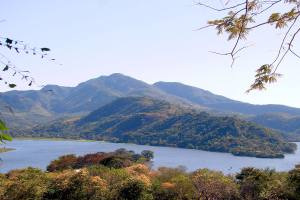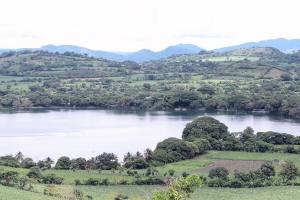Do you want to know, enjoy being surrounded by the peace of nature and spend an unforgettable weekend with your family and friends? Then it would be best if you visited the Metapan Lagoon of El Salvador.
This is where you can do water activities and know in detail one of the most iconic places in the Department of Santa Ana. Its landscape, forest, and mountains around it make the whole area magic.
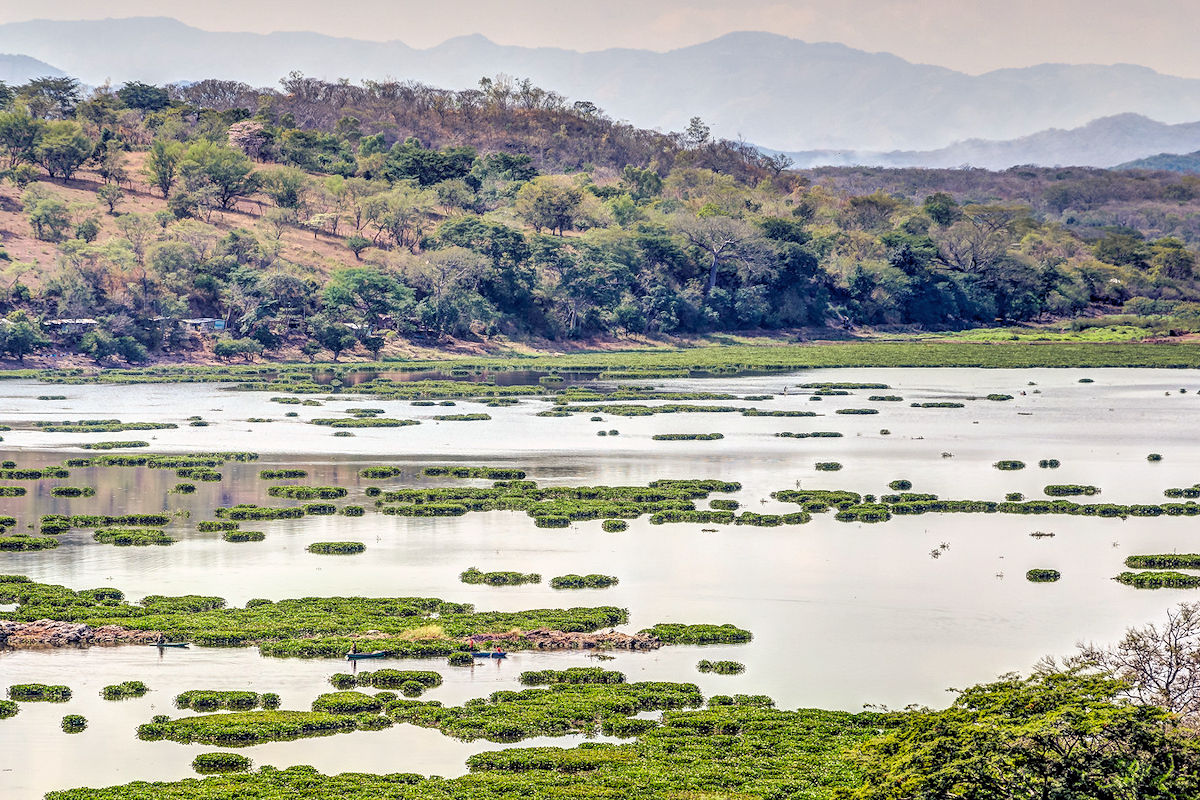
METAPAN LAGOON - Lagoons of El Salvador. Photo by Steven dosRemedios. Flickr.
You are making it the perfect destination to get into nature and live the best ecotourism experience ever imagined. Read on and discover everything you can see and do in the Metapan Lagoon.
Data from Metapán Lagoon
| Country: | El Salvador |
|---|---|
| Department: | Santa Ana |
| Category: | Lagoons |
| Surface: | 16 km² |
| Height: | 430 msnm |
| Depth: | 6 meters |
Location and history of the Metapan Lagoon
The Metapan Lagoon is in the municipality of the same name in the department of Santa Ana, right between Tecomapa and Las Piedras. It is a mirror of water that, unlike the rest in El Salvador, is not of volcanic origin.
However, the lava beds formed rivers from the volcanoes around them. It is characterized by being made up of two parts, a natural division in which two different formations can be seen depending on the year’s season.
We can notice this separation during the drought when the lagoon measures 14 km2 with a depth of approximately 2 m. This changes with the arrival of the rain. This changes with the arrival of the rains, as its extension increases to 16 km2 and its depth reaches 6 m.
On the other hand, the Metapán Lagoon is close to Güija Lake and, in turn, is part of the complex in which the San Diego Volcano and La Barra Forest are located. Therefore, it is situated in one of the most important protected areas of the country, being the natural habitat of endangered species.
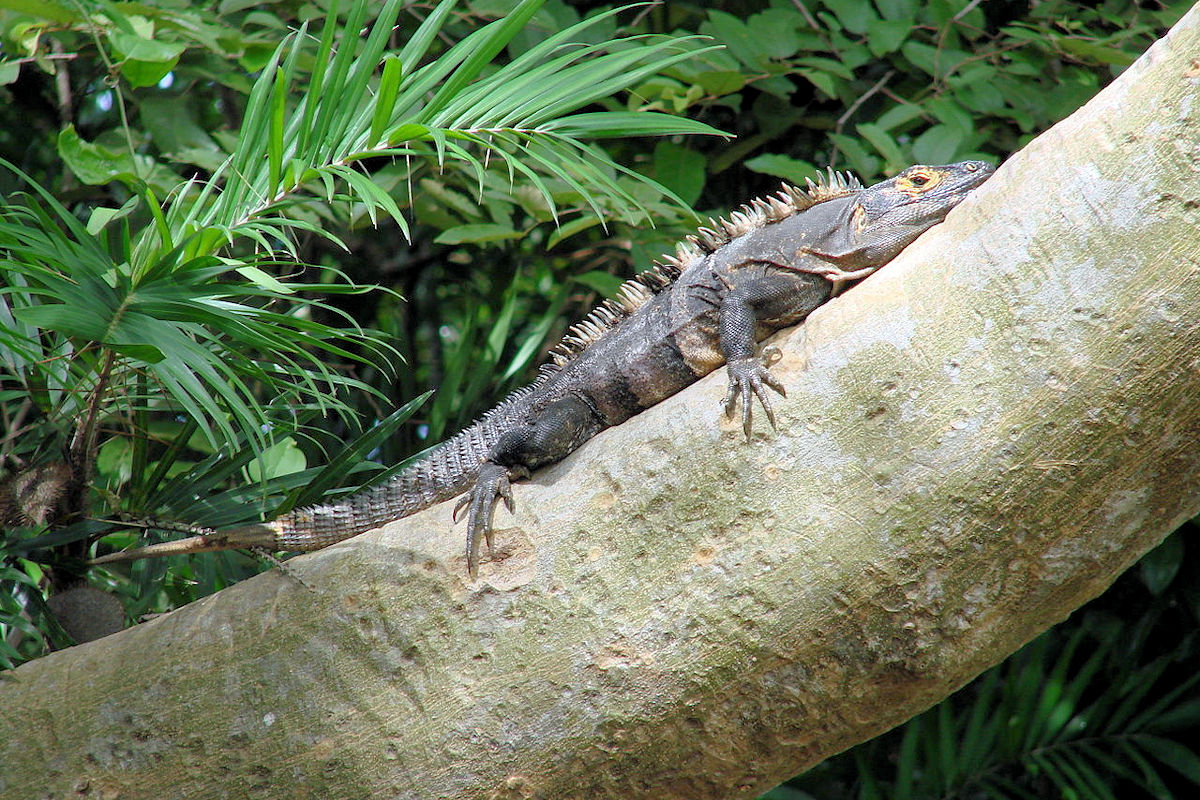
Given this characteristic, the locals have taken on the task of preventing pollution from increasing in its waters. It’s the most critical area for the economic development of Metapán.
Climate, flora and fauna
The climate in the Metapán Lagoon is Tropical Dry Forest Life Zone since it is located at less than 1,000 meters above sea level. Its temperature is approximately 24 °C with an annual rainfall of 1,301 mm.
In terms of flora, each area of the lagoon has varied vegetation. The most prominent is the genuine mahogany forest that converges with other species, such as water lilies. In turn, it is abundant in pimiento, oistia stratiotes, wild plants, and orchids.
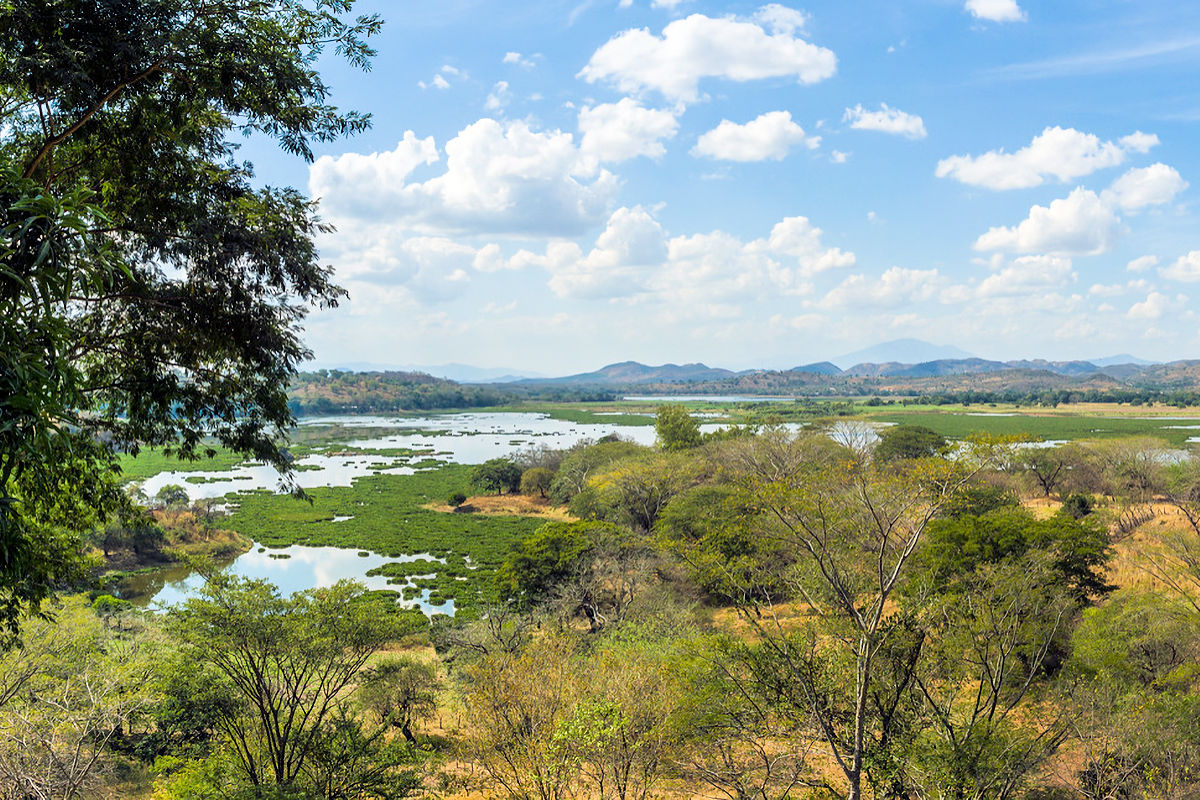
Finally, the fauna comprises more than 59 thousand different types of aquatic birds, among which there are some autochthonous ones. There is also a great variety of fish and wild mammals in the forest areas. The most outstanding are the following:
- Blue-winged stilt.
- White heron.
- Pichichi.
- Hoarse parakeet.
- Freshwater bivalve.
- Tilapia.
- Mojarra.
- Catfish.
- Guapote.
- Garrobo.
- Tigrillo, among others.
Because of the importance of the ecosystem, you need to follow these recommendations:
- Keep the natural areas clean. It would help if you carried garbage bags to avoid site contamination.
- Wear comfortable clothes and bathing suits.
- Use insect repellent and sunscreen as you prefer. Remember that in hot seasons the temperature can be above 24 °C.
- Include a cap, hat, and sunglasses.
- If you are going for a walk around the lagoon or wish to fish, you can rent a boat with the help of local fishermen.
- Bring food and plenty of water.
- Remember to bring a camera to take incredible images of the different species that inhabit the Metapan Lagoon.
Activities we can do
The most notorious attraction of the Metapan Lagoon is its landscapes, the calm nature inspires, and the pure air breathed throughout the place. To enjoy all this, take a tour of the entire area. Either on a walk through the surroundings or a spectacular boat ride.
Another activity you can do is bird watching, which becomes more frequent in mid-February when thousands of migratory birds arrive in the area.
Now, if you are a fishing lover, you only need to bring your fishing rod or rent one with the help of the locals. Although there are no restaurants in the lagoon, you can also order the region’s traditional dishes through them and, thus, spend an unforgettable day without having to worry about anything.
Nearby places to visit
The Metapan Lagoon opens the way to other outdoor activities you can not miss. These can be done in some nearby places like the Apuzunga Water Park. Here you can camp, swim in its natural pools and even go rafting, kayaking, and diving in the Guajoyo River.
According to archaeological studies, you can also visit the petroglyphs that date back to the post-classic period. We are talking about 225 rocks located near Güija Lake, where it is said that there is a buried temple dedicated to sacrifices. This hypothesis arises from the shapes that have been drawn on the rocks.
Another important place is the Lempa River, synonymous with extreme adventure at different times of the year. And in this river, there are points where the current is optimal for rafting and others, so peaceful, ideal for rest.
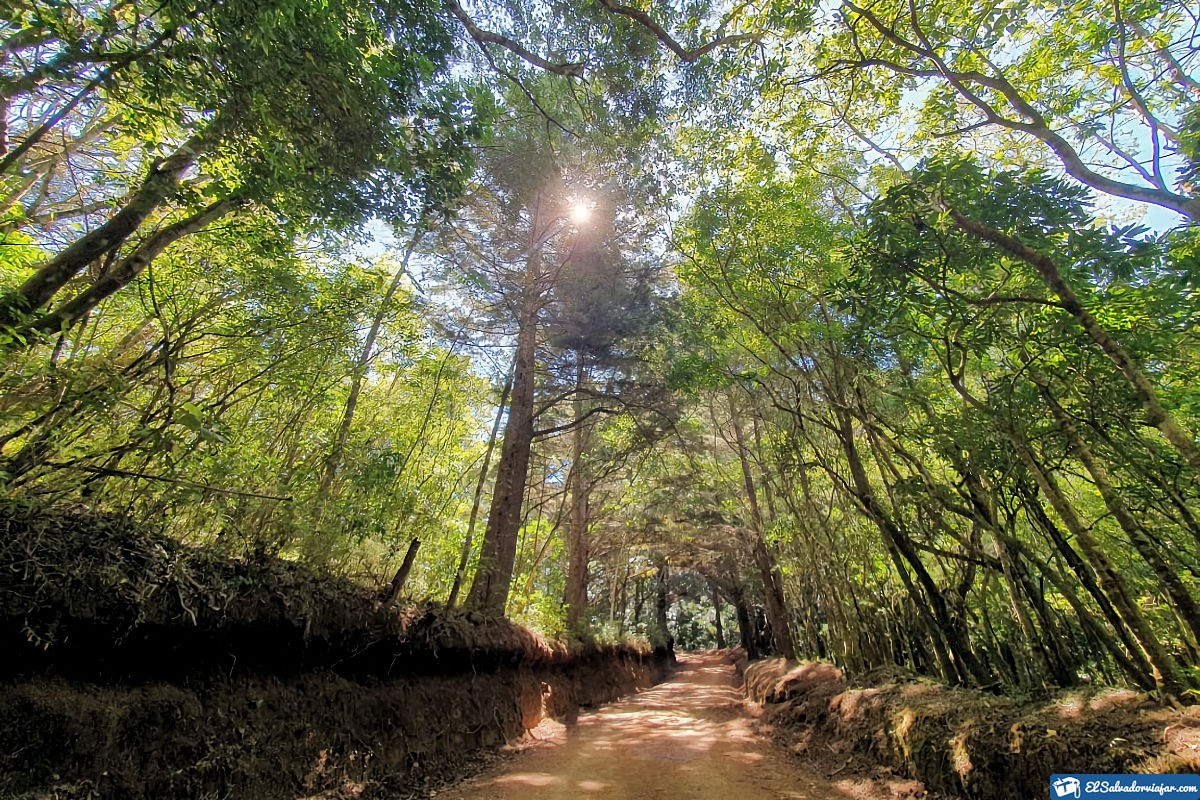
To finish this tour, we can not fail to invite you to the “Punto Trifinio,” better known as the Montecristo National Park. A protected natural area that, since 2011, has been recognized and supported by UNESCO.
This is the most critical reserve in El Salvador, where you can go hiking in Cerro Miramundo, El Brujo, and Montecristo. Hike its viewpoints and, best of all, camp and enjoy the best climate in the region.
